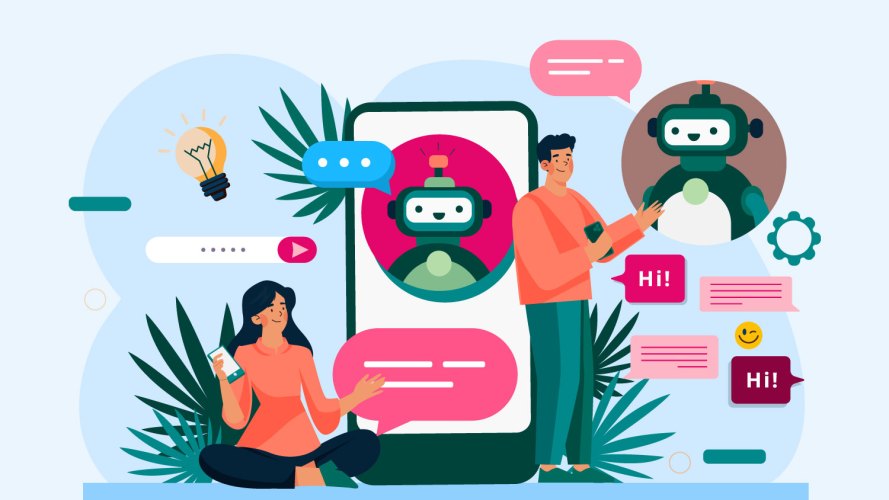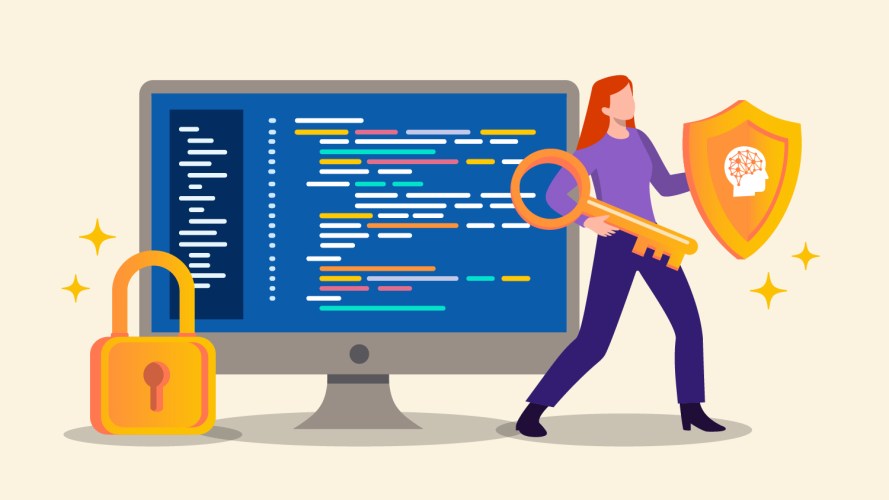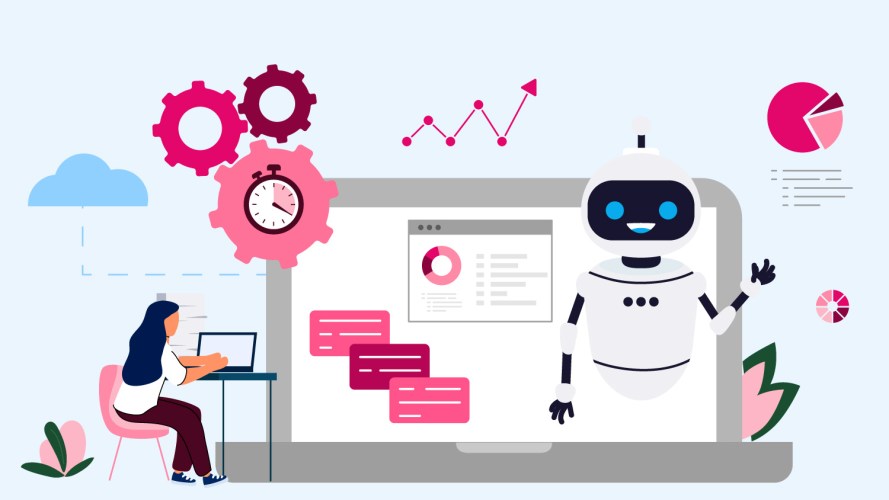Why the Future of Utilities Is All About Adding Value to Customer Experience



By disentangling customer information siloed across multiple systems, utilities can unite marketing, sales, and service to give customers the experiences they want.

Laura Schauer
Changing customer expectations means utilities find themselves in a transitional period. These transitions introduce a new competitive landscape, even in regulated states where customers do not have a choice in their service provider. Now, the ability for utilities to add value to the customer experience is more important than ever.
Utilities are working to reenvision what it means to be customer-centric. This means ensuring they are providing services to attract and retain customers. They are forming customer experience departments, commissioning working groups, and investing in tools and research to support customer-focused messaging.
Improving customer satisfaction is critical, and a catalyst for customer experience initiatives. Utilities rely on J.D. Power rankings due to the ubiquity of its net promoter score (NPS), but this data can only tell us so much. Utilities need deep research and data analytics to meet customers where they are.
How can utilities develop a more customer-centric business strategy and add value to customer experience? Here are a few ways.
Understand customer choice and expectations
Even in regulated states where utility customers do not have a choice in their energy provider, customers now have choices that will create competition for utilities. Residential, commercial, and municipal customers are turning to distributed energy resources (DER) like solar and storage, and technologies like demand response (DR) in search of new ways to self-generate, store, and control their energy.
Energy aggregation (including community choice aggregation) presents options to customers and municipalities to potentially acquire clean energy at a lower cost. Relatedly, some municipalities have explored ways to become energy independent by purchasing infrastructure to bypass their local investor-owned utility or through partnerships with utilities to supply renewable energy and storage.
Alongside customer choice, customer expectations continue to evolve. Big technology entrants to the utility industry, like Google, provide the quick and easy access that customers desire, as well as personalized, targeted offerings that address their unique needs. Sustainability continues to grow in terms of how customers expect companies to do business. Many corporations are responding by developing sustainability goals and environmental, service, and governance (ESG) criteria. All this while customers are seeking reliability in the face of increasing natural disasters.
Competition and expectations mean utilities need to proactively strategize on how to enhance customer experiences as part of their business model. And that starts with putting themselves in customers’ shoes, understanding their very unique needs.
Use a breadth of research and analytics to understand customer needs
Understanding this competitive landscape, utilities have an opportunity to develop closer customer relationships. Utilities are taking steps to better understand customers, often leveraging data analytics (such as segmentation analysis) and survey research, asking basic survey questions such as:
- What type of energy do you want?
- How do you want utility companies to communicate with you?
- How do you want utility companies to provide information to you?
Survey research and data analytics can be powerful. But, it often does not allow us to ask deeper questions or understand the nuanced complexities in customer decision-making. Qualitative research can solve for this. Embedding in-depth research when developing new products or capabilities helps utilities to better understand customers’ preferences and choices. It provides a vehicle to dig deeper into customer responses to uncover their true expectations.
Without this feedback, utilities risk putting time and effort into products and services that may not hold value for their customers. An article in Forbes made this point, “Companies that aren’t customer-centric tend to send messages they think customers want without actually getting their input or feedback. This approach can lead to huge amounts of wasted resources on marketing and products that simply don’t resonate with customers.” Conversely, they note the importance of being customer-centric, which ”helps companies proactively deliver great products and prevent future issues.”
That’s not to say this is easy to do. Regulatory and shareholder expectations drive utilities. Their business model differs from companies that succeed by understanding their customers (retailers, product developers, etc.). Valuing and prioritizing this type of research is still up-and-coming. But the utilities’ shifting business model needs to embrace this deep, ethnographic-type research to shape how to serve and communicate with customers.
And don’t forget to test, and retest. Hold a continuous improvement perspective. What works today may not resonate tomorrow.
Leverage technology to add value to customer experience
As utilities disentangle customer information siloed across multiple systems, they are looking to integrate customer relationship management systems (CRM) to provide a single source of truth. This 360-degree view helps to personalize customer recommendations and future-proof their business model.
Technology is also an important component for customer engagement, recruitment, retention, and satisfaction. Accenture’s New Energy Consumer research showed consumers in deregulated areas would consider switching to utilities that offer a personalized, seamless experience. This is especially true for younger customers and digital natives (although, it’s increasingly true for all types of customers).
Technology and customer control go hand-in-hand to add value to customer experience. With smart thermostats and other apps, customers are using their mobile devices to control their home temperature, lock doors, and more. These controls provide a better experience and provide more data to better understand customer preferences and usage. The proliferation of electric vehicles (EVs) and time of use rates will also drive customer control of how and when they use energy.
Technology is also empowering customers to understand energy use and bill savings. It’s time to use technology to educate customers about new equipment and offerings (like innovative rate options) as they inquire about alternatives to electrify their homes and decarbonize transportation. As they become more adept at navigating online tools, use features like online chat to drive customers to provide feedback.
Establish a service provider frame of reference
Future-forward and innovative utilities are setting themselves up to be full-service providers. They are a resource for customers to learn about their energy options, find ways to save money, make changes to their service, provide support, and more. As service providers, utilities need to raise the bar for their customer experiences. While digital technologies open up new capabilities, the human element remains as important. Offering full-spectrum customer experience options provides the best of both worlds to meet customers where they want.
Meet the Challenge: Equitably Service Customers With Intentionality
Effective customer experience needs to resonate with diverse groups. Utility companies need a better in-depth understanding of ALL the groups they are seeking to serve, and whether they are serving those groups equitably. For example, are the efforts accounting for customers’ access to technology, language needs, literacy, and even harder-to-identify barriers like distrust and fear? This requires strategic partnerships, market-based testing, and metrics-focused analytics to ensure customer experience strategies are effective and inclusive.



Learn more about how your utility can develop a more customer-centric business strategy. Download “Improving the Customer Experience in the Utilities Industry,” a report by Harvard Business Review Analytic Services in association with Salesforce.























